
RFID is not ready for prime time anywhere. Certainly not in the US. There is no way RFID gives you end-to-end control of the product.
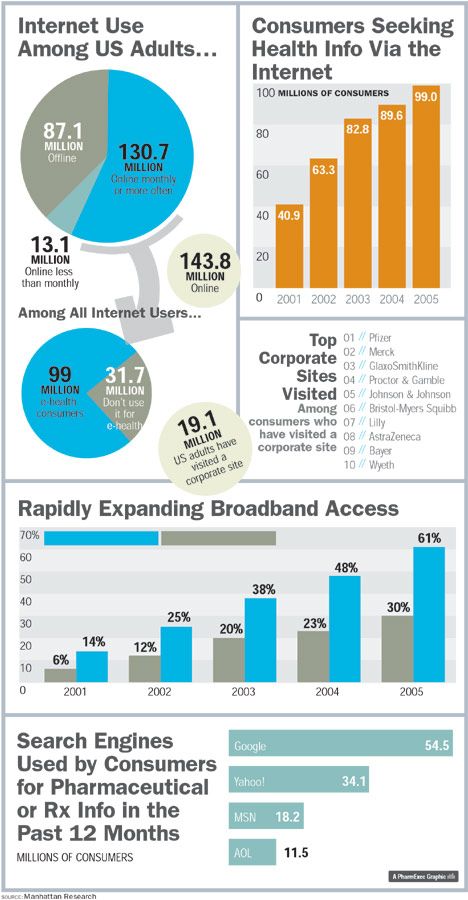
When people ask how health seekers look and act on the Web, there's no one answer: The online universe has become just as diverse as the rest of the world. Nowhere is this more evident than in the latest e-health statistics that, when taken together, paint a picture of customers who are beginning to find their feet-and new finesse-online.

RFID is not ready for prime time anywhere. Certainly not in the US. There is no way RFID gives you end-to-end control of the product.

In a product recall, manufacturers would know which retailers and hospitals got bad bottles. Instead of clearing shelves everywhere, they could call specific customers and say, "Hey, we know you have five of these bottles. We want them back."
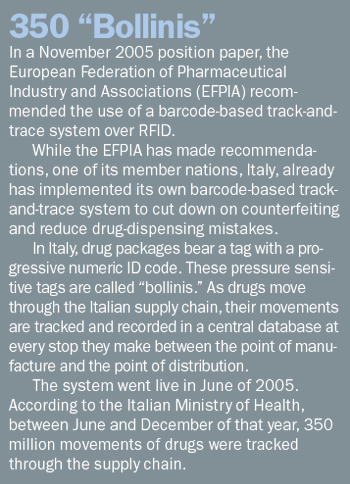
Scott Gottlieb called RFID implementation "disappointing." Now, FDA is moderating its view of RFID as a cure-all for the industry.
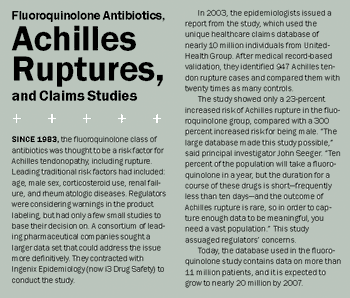
The Zelnorm study was conducted for $1,000 per patient, a fraction of the price of clinical trials, which can cost $10,000 per patient or more.
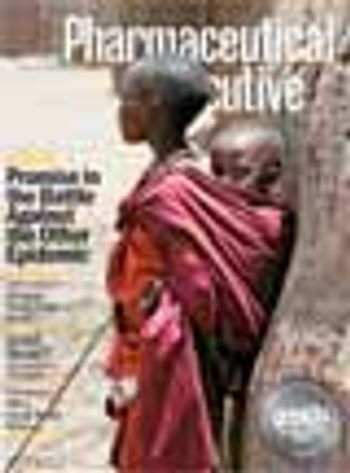
Online strategies aren't monolithic; each must meet the particular goals of the brand in question, and serve the knowledge needs of a specific disease state. That said, experts agree on many of the fundamentals-the 5 "I"s of Internet marketing:
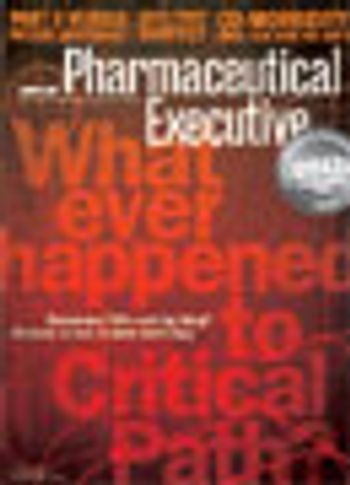
At least five of the world's top pharma companies have specified, tested, or deployed large-scale Wi-Fi programs.
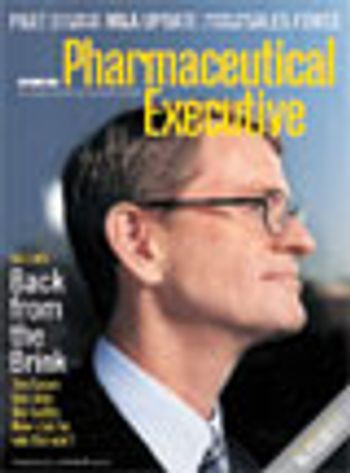
The most important result for pharma firms of the changing sales structure is a reduction in the amount of training resources that are available to them.

When you have a workable technology, the question becomes ‘To what do you apply this technology?’ and ‘Where do you spend your time?’ We really believed we would be most successful by spending a lot of time figuring out which drugs to work on and then working assiduously on those few products with huge potential.
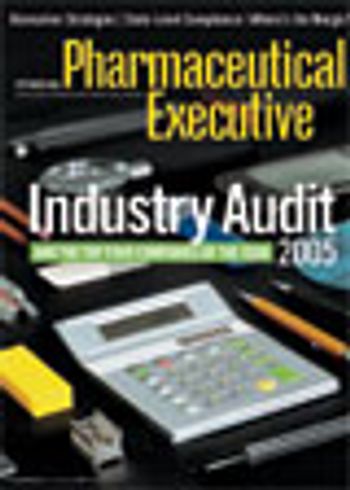
Digital forms of image transmission, archiving, and education with the virtual microscope will revolutionize pathology.

The issue of pedigree requirements is emerging at the state level-and figuring out to what extent that will push back to the manufacturers.

Imagine drugs that can detect one particular compound in a patient's body and respond to it by releasing a drug. They're not that far away.
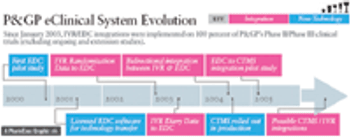
Procter & Gamble Pharmaceuticals discovered that a network resulting from even a modest integration offered benefits that exceeded the sum of its parts.

Garry Barnes says he joined the pharma industry for job security-but don't believe him. During the last 25 years, Barnes has worked for four pharma companies and built five sales forces in therapeutic areas ranging from contraception to organ transplantation.
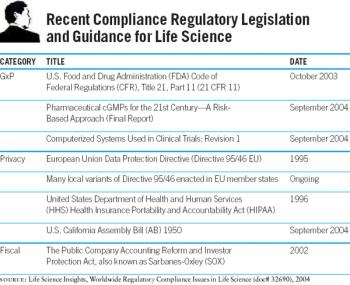
For pharma companies large and small, one of the most pressing challenges of the next few years will be to understand compliance at a much deeper level, to obtain the tools to make it possible.
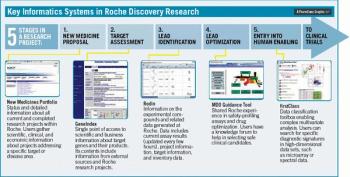
Without common reporting standards in place, researchers have little incentive to share data with scientists elsewhere in the company. When researchers don't sharedata on a regular basis, they can begin to feel proprietary about their work-and even less inclined to disclose their results.

Pilot projects involving RFID technology are appearing at some major pharma companies. But uptake of RFID-based solutions remains limited due to concerns about accuracy, reliability, and ROI.
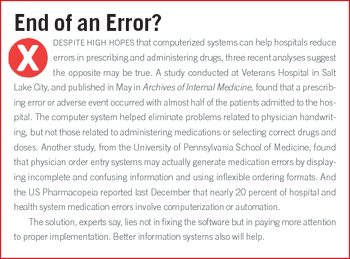
Pharma companies believe that they can compete in an e-prescribing environment if information systems permit full disclosure and allow doctors to create bookmarks that link easily to information they want.

Without common reporting standards in place, researchers have little incentive to share data with scientists elsewhere in the company. When researchers don't sharedata on a regular basis, they can begin to feel proprietary about their work-and even less inclined to disclose their results.
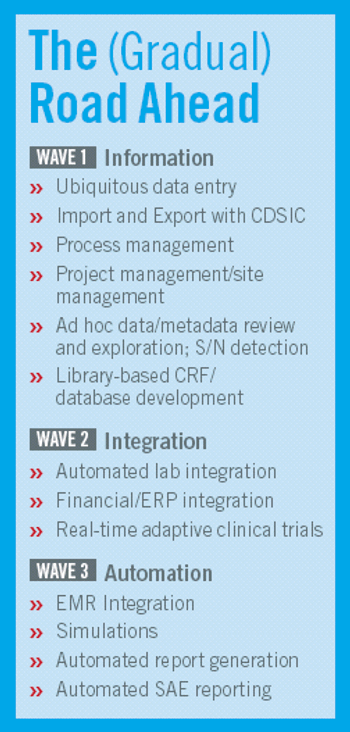
Pharma companies are committed to using electronic data capture in clinical trials. Technology adoption will continue to grow, as FDA and consumers want faster safety data.
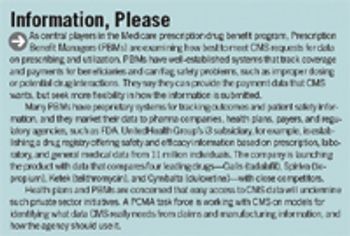
CMS envisions studies to show which drugs keep patients out of hospitals or how certain treatments can reduce side effects. Such analysis would support decisions on best practices in using medications.
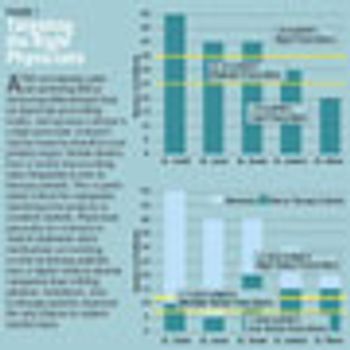
Even though data can single out physicians with high marketing upsides, most pharma companies are doing without such high-value data.

The future of US healthcare is being created today in Medicare's demonstration programs. But how you respond to them depends a lot on what kind of company you are.

In a non-human primate study, high doses of Neumune resulted in 90 percent survival against a lethal level of radiation.
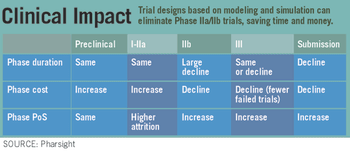
The use of a CUI leads development efforts to explre the most valuable region of treatment - not necessarily the the most efficacious.
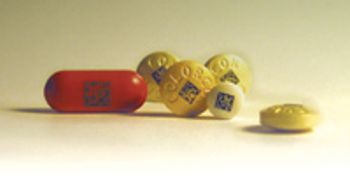
In an ideal world, an anti-counterfeit solution would provide protection throughout the supply chain, allow for easy product identification by physicians, pharmacists, and patients, be easily implemented without ongoing costs-and improve brand image and marketability while it's at it. Yet most current anti-counterfeiting measures involve packaging technologies such as holograms, inks, bar codes and radio frequency ID (RFID) that, although useful, cannot ensure the integrity of the pharmaceutical supply chain, because drugs do not remain in their original packaging. Legitimate repackaging regularly occurs in the pharmacy and elsewhere, and authentic packaging-recycled or stolen-can contain adulterated, counterfeited drugs.